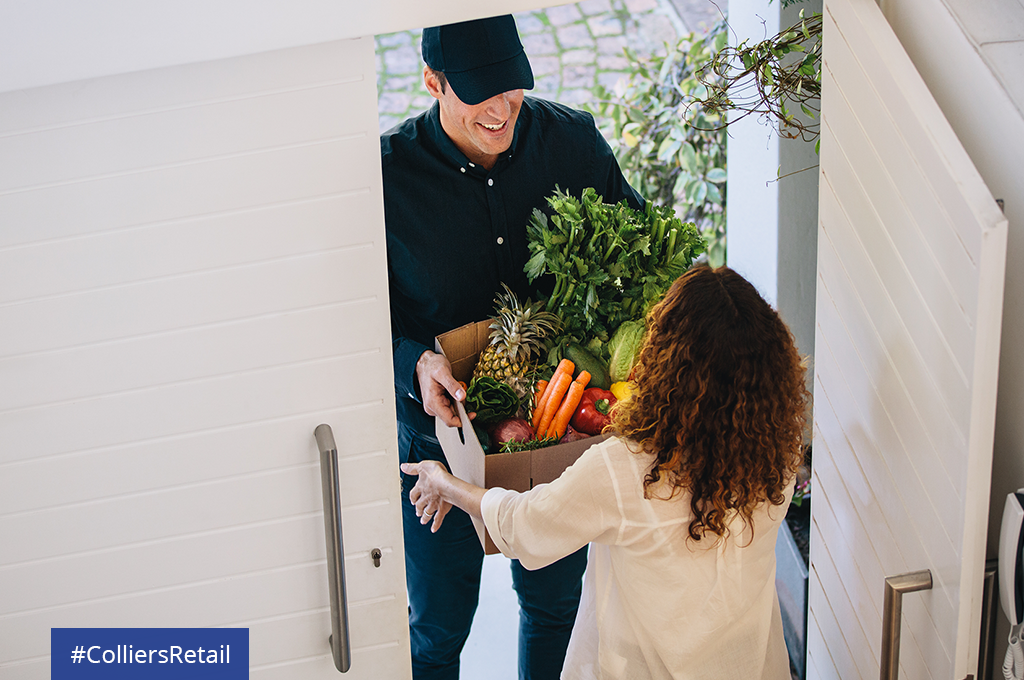Grocery has always been considered an essential part of the shopping experience. That became even more apparent over the last few years. One aspect that the industry didn’t anticipate was how quickly consumers would adapt to online grocery shopping. The pandemic exploded the growth of online from 3-5 percent of sales to double digits. Coresight Research reported that 54% of U.S. adults had purchased groceries online since May 2021.
According to Spryker Systems, the future of grocery will continue to be online. In their recent U.S. Online Grocery Research, 57% of Americans expect to order at least some of their groceries online, with 22% planning to purchase most or all of their groceries online by 2024. If May’s monthly online grocery sales are any indication, we’re well on our way to embracing online grocery, as revenue surpassed $7.1 billion in the U.S. Almost two-thirds of those sales attributed to delivery orders from traditional grocers and competitive delivery providers like Instacart or FreshDirect. So it shouldn’t be surprising that leading grocers have proactively asserted their online growth expansions by leveraging tech innovations.
Decidedly ahead of the curve, in 2018, The Kroger Co., one of the largest supermarket chains in the country, partnered with Ocado, a UK online grocer, to power its customer fulfillment centers (CFC). Over the last four years, Kroger has expanded its footprint by opening several facility hubs for its most popular grocery products. It also fulfills thousands of orders using Ocado’s automated fleet of robots. Similar to the efficiencies affected by ghost kitchens, automated warehouses have the potential to reduce overall operating costs.
“Kroger has made larger investments into macro fulfillment centers where they do the business of maybe 60 stores at 60% of the price,” shares Michael Blackburn at FD reports. “Primed to build scale, Kroger’s already making a profit with the macro CFC approach. Take Florida, for example, a location where Kroger doesn’t have a brick-and-mortar presence. Using a Kroger banner, the CFCs do an excellent job of delivering orders into people’s homes, allowing Kroger to maintain the capacity of between 60 and 100 stores, with an estimated five to ten thousand deliveries per day.” Kroger’s reach extends from Tallahassee to Fort Lauderdale with the CFC structure. In addition, the grocer intends to implement the same tactics to expand up the Eastern seaboard into DMV.
More to follow regarding the types of products being ordered online.

 Anjee Solanki
Anjee Solanki

 Aaron Jodka
Aaron Jodka Nicole Larson
Nicole Larson
